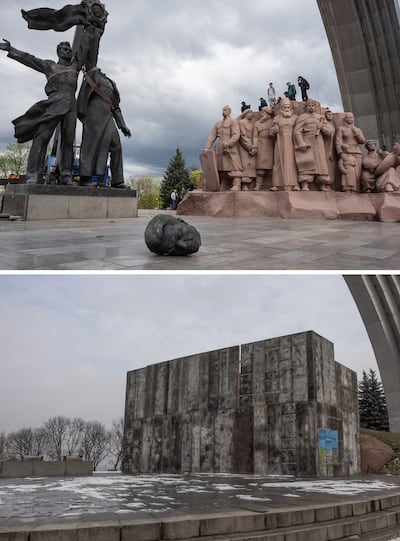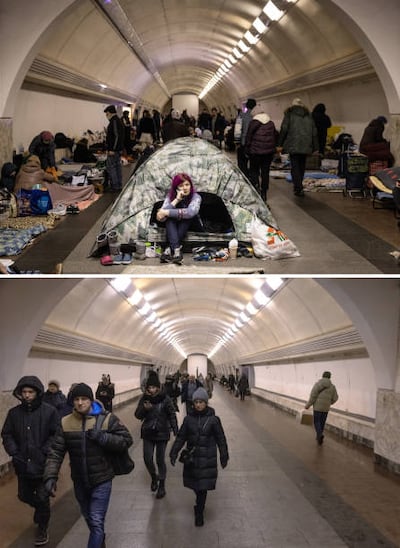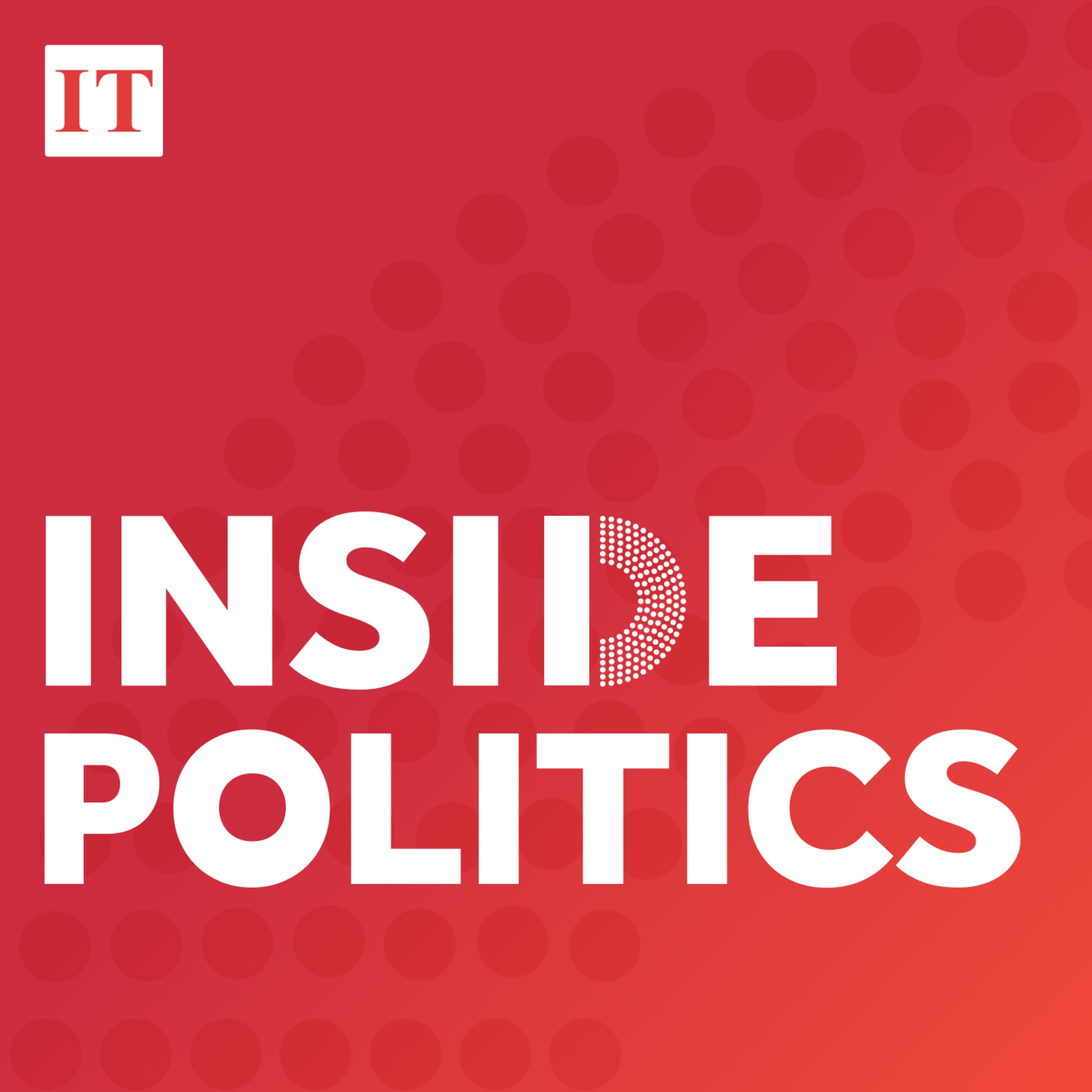At about 9am on February 24th last year, four hours or so into the Kremlin’s full-scale invasion of Ukraine, the lobby of a hotel in the country’s second city, Kharkiv, was noisy with journalists, photographers, TV crews and others urgently trying to decide their next moves.
As they discussed where best to cover the first clashes of the all-out war, or how to escape a city that is just 30km from the Russian border, several Ukrainian soldiers rushed in from the street, including at least one carrying a long-barrelled sniper rifle.
Their anger when a photographer sought a quick snap showed the stress they were under, and they did not stop for questions, but people who saw them assumed they were heading up to the roof. And if Ukraine’s troops were already preparing to fight in the city centre, then prospects for defending Kharkiv – and perhaps the country – seemed bleak.
At that time, tens of thousands of Moscow’s troops with tanks, warplanes and missile systems were pouring into Ukraine from Russia, Belarus and occupied Crimea, in a huge arc of invading forces that many Ukrainians – and Kyiv’s western allies – thought would quickly occupy much of the country.
READ MORE
Yet Kharkiv and Dnipro in the east never fell, and neither did Sumy and Chernihiv in the north, nor the southern Black Sea ports of Odesa and Mikolayiv, and in the heart of Ukraine its capital Kyiv held out, and its president Volodymyr Zelenskiy reportedly rejected a US offer of evacuation with the line: “The fight is here; I need ammunition, not a ride.”
One year of Europe’s biggest war since 1945 has transformed perceptions. Last February, Zelenskiy was widely regarded as a political disappointment whose transition from showbusiness had been a predictable failure, and plucky Ukraine was surely doomed to swift dismemberment by the second most powerful military in the world.
But Russia tried to devour too much of its neighbour with too few troops, maybe because its president Vladimir Putin believed his own propaganda about millions of Ukrainians longing to be “rescued” by Moscow from a western-backed “neo-Nazi” regime in Kyiv.

Perhaps Putin’s intelligence sources and other officials fed him these reassuring stories and never dreamed that their “reports” about Ukraine would be put to the test. When they were, the fiery welcome given to Russia’s troops showed such theories to be an absurd and ultimately disastrous mix of wishful and colonial thinking.
Moscow underestimated the ability and motivation of Ukraine’s defenders – both full-time military and volunteers – and what has proved to be a formidable combination of western weaponry and training and Ukrainian skill in unleashing both on the battlefield.
In the first weeks of the invasion, Ukraine’s use of imported Javelin and NLAW anti-tank missiles destroyed large amounts of Russian armour near Kyiv and Kharkiv, as Stinger and other portable anti-aircraft rockets prevented Moscow achieving air dominance.
Later in the year, deliveries of more powerful and accurate artillery guns from several Nato states strengthened Ukraine’s military on its eastern and southern plains, and US-made Himars missile systems with an 80km range allowed devastating strikes on Russian supply lines and command posts deep inside occupied territory.
After Ukraine retook the city of Kherson and much of the surrounding province in November, fighting to the northeast has ground on in Donetsk and Luhansk regions, with Russia crawling forward due to the sheer volume of troops – including tens of thousands of convicts recruited by the Wagner mercenary group – and shellfire it is hurling at Ukrainian positions, particularly around the towns Bakhmut, Vuhledar and Kreminna.
The vast resources poured into the battle for Bakhmut, and Ukrainian and western intelligence reports, suggest Putin was intent on taking the deserted ruins of the town by the anniversary of his invasion, a date he surely hoped to mark with triumphant parades in Kyiv, Kharkiv, Odesa and other grand cities that he expected to fall within days or weeks.

The reality check of the past year has prompted Putin’s regime to adapt its narrative of the war. What was supposed to be a swift “special military operation” to remove “fascists” from power in Kyiv is now framed as an existential struggle for Russia’s future against the might of Nato, echoing the Soviet Union’s role in victory over Nazi Germany.
Turning this into a “people’s war” was the only way for Putin – a leader who commands fear and respect but enjoys little affection from compatriots after 23 years in power – to justify the deaths of tens of thousands of soldiers and economic damage that will only deepen as sanctions bite and sales of energy and other goods to the West dwindle.
This gambit will define Putin’s legacy and he cannot contemplate defeat. So while redefining what may constitute victory – downgraded from subjugation of Ukraine to control of at least two of four eastern regions that the Kremlin now claims as its sovereign territory – he is bound to pump more money into the military and arms production, while continuing to repress all dissenting voices, and considering the mobilisation of more Russian men, hundreds of thousands of whom have fled their homeland since last February.
For Ukrainians, the threat of destruction is all too real. From atrocities committed during the occupation of towns such as Bucha and Izyum, and the daily rhetoric of some Russian politicians and state media, it is clear that defeat for Ukraine would mean obliteration from the map and the possible genocide of its people.
This is now a war of attrition and logistics and of quantity versus quality, pitting Russia’s immense human, military and industrial resources against a smaller Ukrainian force that fights with more modern tactics, some first-rate western weapons and better morale.

A phrase long used here, and now picked up by some Western leaders, captures the attitude of most Ukrainians: “If Russia stops fighting, there will be no more war; if Ukraine stops fighting, there will be no more Ukraine”.
If Russia’s invasion force was to overwhelm Ukraine’s defences, which looks highly improbable, then Ukrainians would continue to fight for whatever territory and with whatever weapons they still possessed, even if it meant decades of guerrilla war.
But what could make Russia crack first? Only the downfall of its current regime, either following the death of Putin (70) or through political upheaval that could then trigger a violent power struggle, and even the kind of secessionist rumblings from the regions that were a major concern for the Kremlin following the collapse of the Soviet Union in 1991.
It is hard to know which scenario terrifies Western leaders more.
But unless Russians can somehow transform their country peacefully into a democratic state that abandons imperial ambitions and respects its neighbours, then a new chapter of bloody chaos in eastern Europe may have only just begun.




















